Big cats, majestic rulers of the wild, have long gripped the human imagination with their grace, power, and enigmatic presence. From the vast savannas of Africa to the dense jungles of Asia, these magnificent creatures occupy a critical niche in their ecosystems. However, today they face unprecedented challenges due to climate change. As our planet’s climate evolves, the habitats and survival mechanisms of big cats are increasingly at risk. This article delves into why big cats are vulnerable to climate change, exploring the intricacies of their ecosystem and the urgent need for conservation efforts.
Changing Habitats and Rising Temperatures
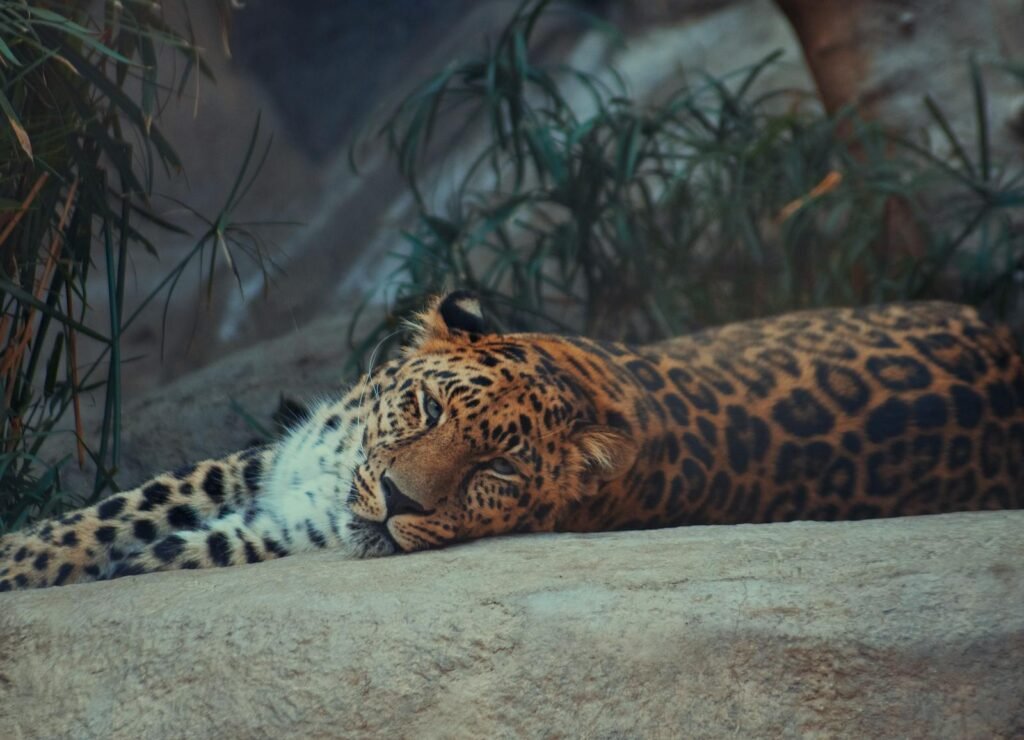
Climate change is causing a dramatic shift in the habitats of big cats. Rising temperatures and altered precipitation patterns result in changing vegetation and prey availability. For species like the Bengal tiger, which relies heavily on dense forests, these environmental shifts can lead to habitat fragmentation and increased competition with other predators. As temperatures continue to rise, water sources become scarcer, compelling big cats to travel greater distances, often outside protected areas, increasing their vulnerability.
Disrupted Prey Patterns
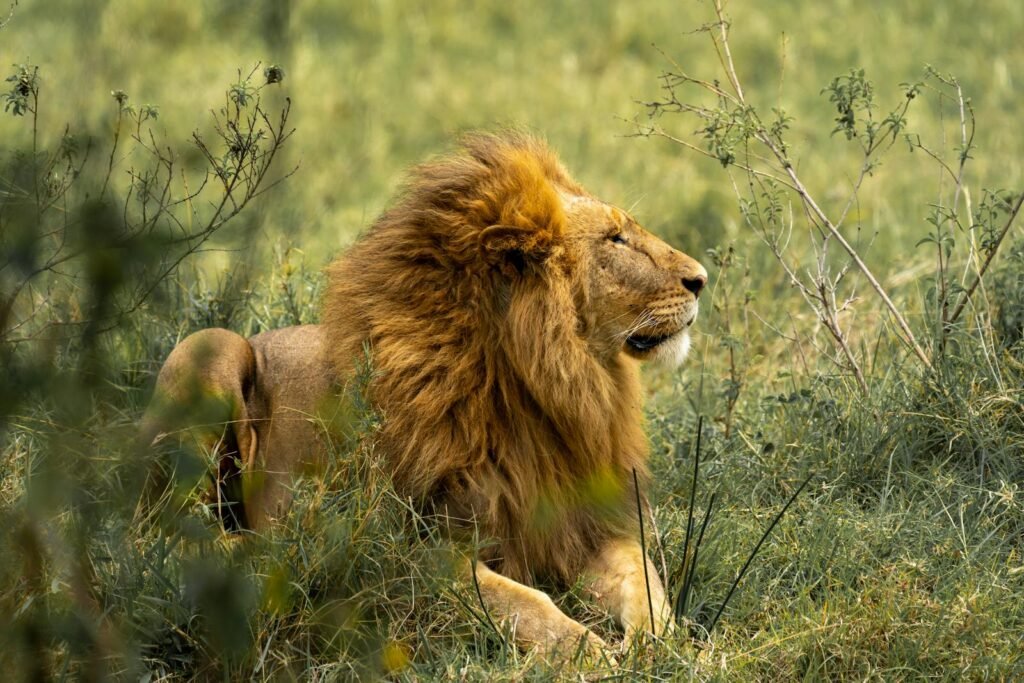
Big cats are apex predators, meaning their survival is intrinsically linked to the availability of prey. Climate-induced changes in habitats can lead to decreased populations of herbivores and other prey species. For instance, the African lion, dependent on large ungulates, faces starvation when prey populations dwindle. This scarcity forces big cats to contend with increased competition both among themselves and with other wildlife, often leading to deadly encounters.
Increased Human-Wildlife Conflict

As big cats venture beyond their natural habitats in search of food and water, they increasingly come into contact with human settlements. This overlap exacerbates human-wildlife conflict, as livestock becomes targets for hungry predators. Farmers and herders often respond by killing or capturing the cats, which has dire consequences for already declining populations. Conservationists stress that climate change indirectly escalates these conflicts, necessitating informed intervention.
Impact on Breeding Patterns
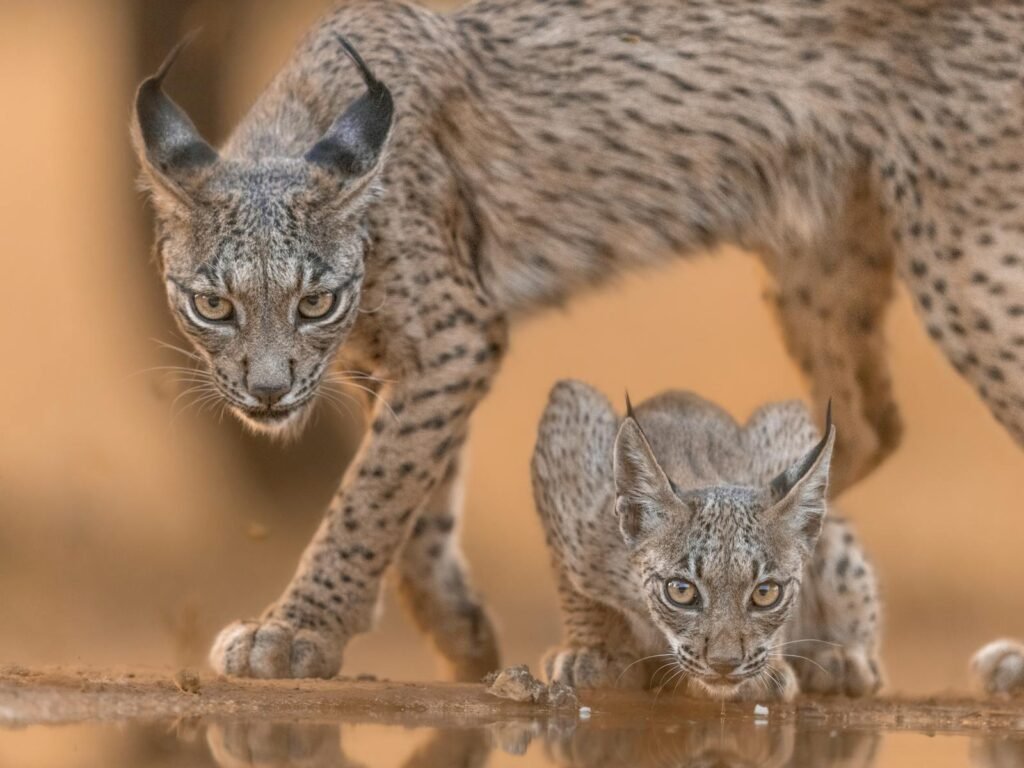
Climate change affects not only the immediate environment but also the reproductive success of big cats. Altered seasonal patterns can disrupt mating behaviors and the rearing of young cubs. For example, snow leopards in the Himalayas require precise environmental conditions to successfully breed. Any variations in temperature or snowfall can critically impact cub survival rates, further jeopardizing the species’ future.
Loss of Genetic Diversity
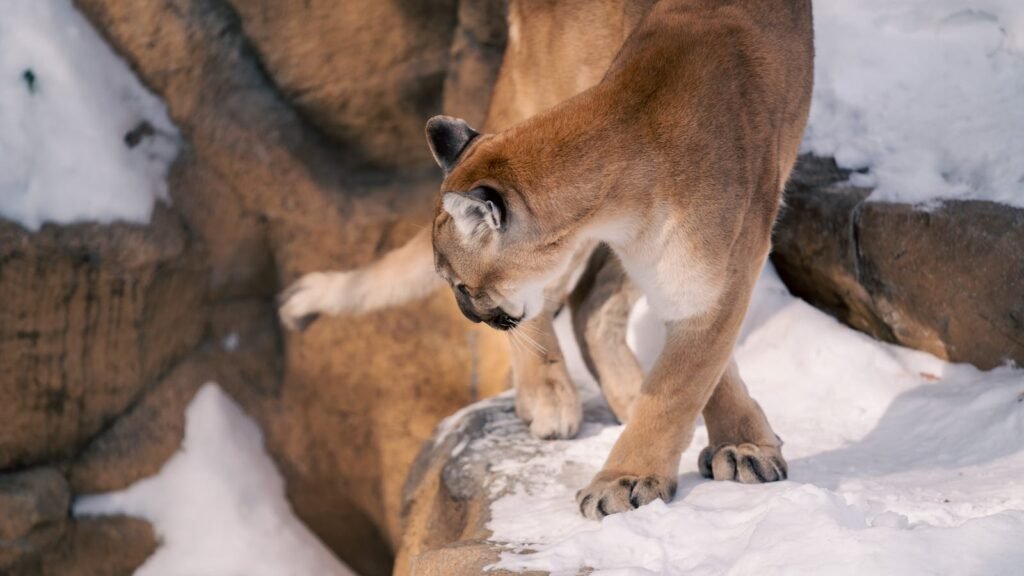
As populations decline and habitats fragment, big cats face a significant loss in genetic diversity. Small, isolated populations lead to inbreeding, which weakens resilience against disease and environmental changes. Cougars in North America, for example, show reduced genetic diversity in certain regions, limiting their adaptability to changing climates, which may impair their long-term survival.
Disease Vulnerability
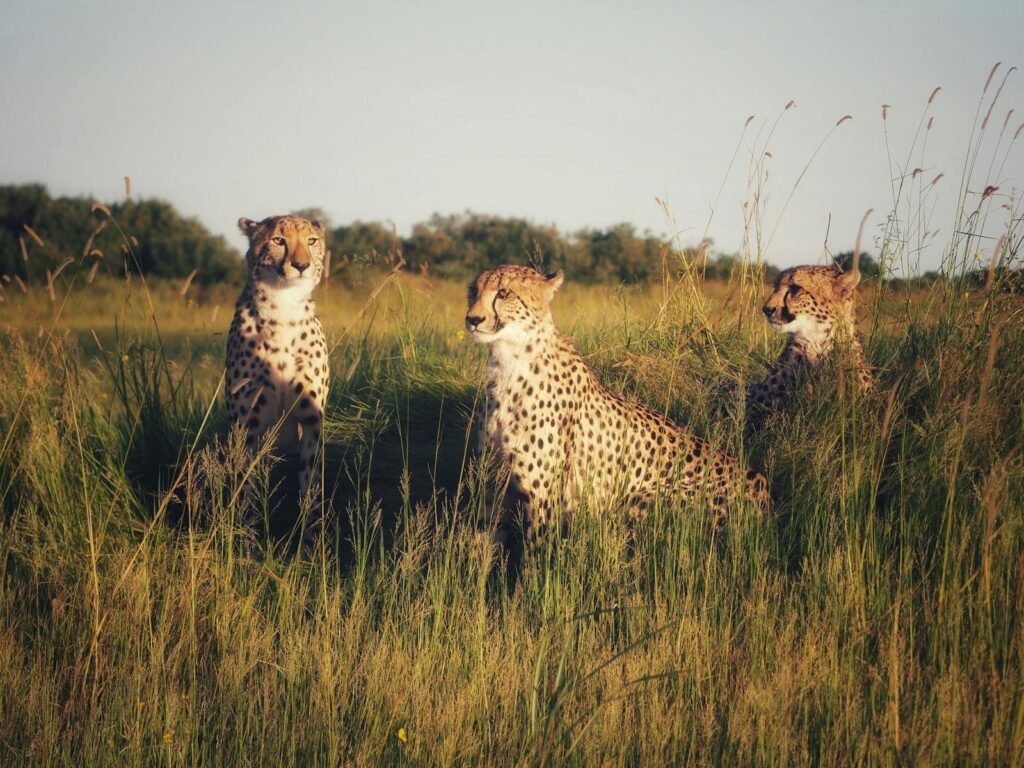
With changing climates come changing patterns in disease vectors. Increased temperatures allow pathogens and the insects that carry them to thrive in new areas, posing a grave threat to big cats. Lions and cheetahs, for example, face heightened risks from diseases like feline distemper and tuberculosis, which are spreading to new regions as climates warm.
Microclimatic Impact
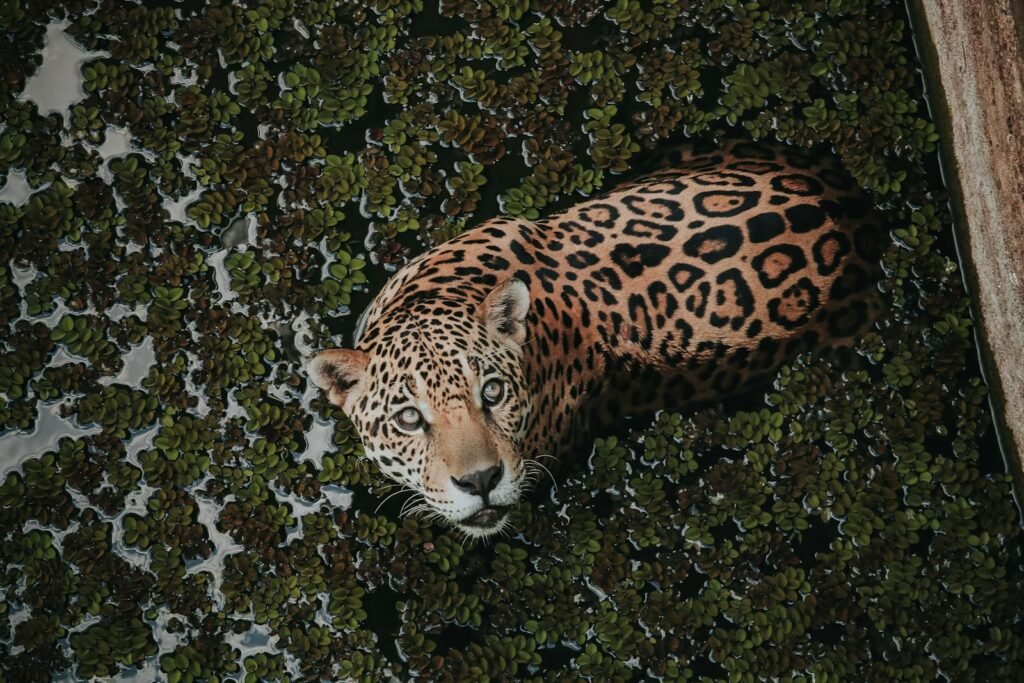
Microclimates, or localized climate variations, are crucial for the survival of certain big cat species. Jaguars in the Amazon, for instance, thrive in regions where temperature and humidity levels are optimal. Climate change can disrupt these microclimates, affecting the jaguar’s health and hunting efficiency, and leading to implications on their survival and reproduction rates.
Efforts Towards Conservation
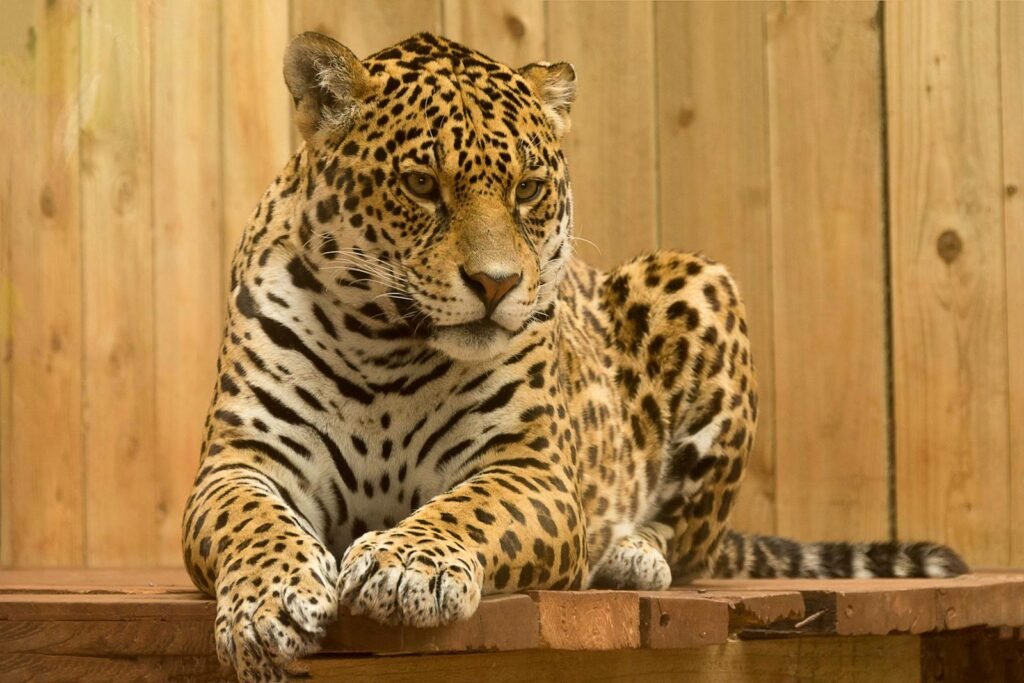
Various organizations and governments are making concerted efforts to mitigate the impact of climate change on big cat populations. Initiatives include establishing wildlife corridors to aid in safe migration, engaging in community conservation to reduce human-wildlife conflict, and implementing breeding programs to ensure genetic diversity. By raising awareness and fostering global cooperation, these initiatives aim to secure a future for big cats amid changing global climates.
Conclusion
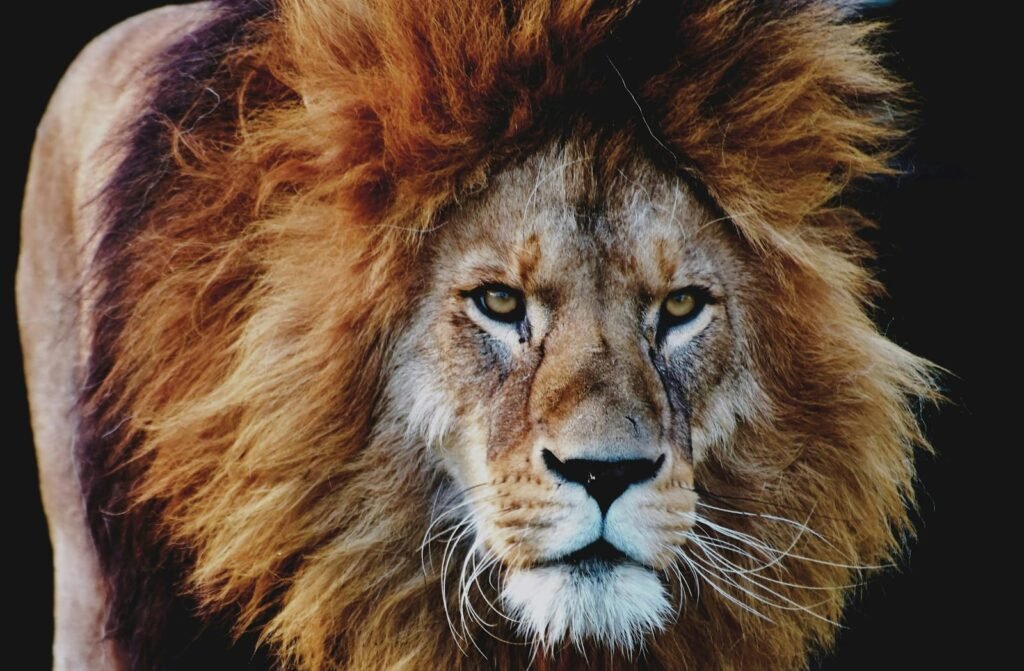
Big cats stand at the brink of a precarious future, their survival intricately linked to our planet’s climatic stability. As keystone species, they play a pivotal role in maintaining the ecological balance of their habitats. To protect these majestic creatures, it is essential to address the root causes of climate change and actively work towards creating a sustainable coexistence between humans and wildlife. By rallying together for conservation, we can ensure that future generations will continue to marvel at the wild beauty of big cats.

Suhail Ahmed is a passionate digital professional and nature enthusiast with over 8 years of experience in content strategy, SEO, web development, and digital operations. Alongside his freelance journey, Suhail actively contributes to nature and wildlife platforms like Feline Fam, where he channels his curiosity for the Feline into engaging, educational storytelling.
With a strong background in managing digital ecosystems — from ecommerce stores and WordPress websites to social media and automation — Suhail merges technical precision with creative insight. His content reflects a rare balance: SEO-friendly yet deeply human, data-informed yet emotionally resonant.
Driven by a love for discovery and storytelling, Suhail believes in using digital platforms to amplify causes that matter — especially those protecting Earth’s biodiversity and inspiring sustainable living. Whether he’s managing online projects or crafting wildlife content, his goal remains the same: to inform, inspire, and leave a positive digital footprint.






